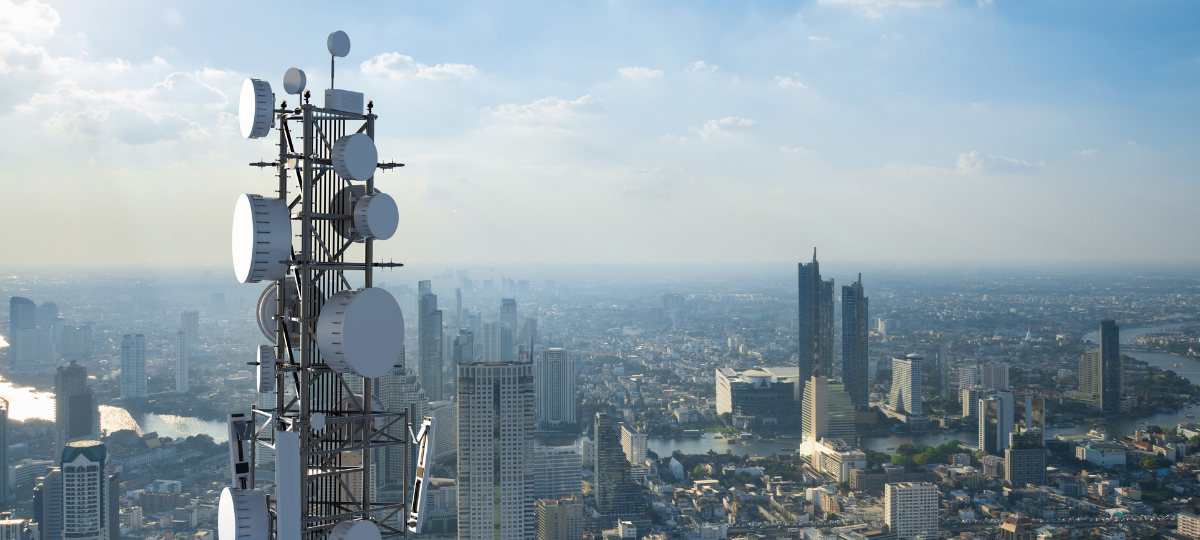Despite this hype, a NewtonX B2B survey of 1,000 enterprise executives found that 86% do not fully understand what 5G is, while 92% do not believe it will significantly affect their businesses.
In response to this finding, NewtonX conducted technology market research via five consultations with executives at major cellular networks that are close to or already have launched 5G technology. These consultations informed the data and insights in this article.
The technology today: full of promise but far from delivering
5G is an abbreviation for Fifth Generation, meaning a new system of cellular networks that is meant to replace its predecessor (4G). 5G differs from previous generations in that it uses a type of encoding called OFDM. This is similar to 4G LTE but with much lower latency and greater flexibility. Additionally, its systems operate on larger channels than 4G to enable faster speeds.
What does this mean for consumers? The technology promises three things: greater speed, lower latency, and greater capacity for connecting multiple devices at a time. AT&T, Verizon, and numerous other major carriers are starting to launch 5G networks this year, and several already released 5G pilots and hotspots.
However, the networks are far from delivering on the technology’s promise. For now, 5G networks require 4G to function (they are not standalone). The promised low latency has yet to appear (in the US at least). In early April Verizon started selling the first 5G phone, but coverage is still very limited. It only gets a few hundred feet of distance from each cell site. Similarly, AT&T, which has been trialing 5G hotspots at businesses in 19 cities only gives a max of 500 feet of range, and even that only in a few locations. Neither 5G network has the reduced latency that the hype promised.
It’s early, though, and while some carriers, such as Verizon and AT&T already implemented many small cells in major cities to improve 4G — meaning all that’s needed to turn these cells into 5G is an extra radio onto the existing site — many providers are still implementing infrastructure. Even large networks have years to go before 5G will be possible in rural environments without existing frequent small cell sites.
Why 5G is still 2-3 years from having its projected impact
The hype for 5G has not necessarily been overblown; the tech is just a few years away from living up to the hype. Even the largest telecommunications companies are fairly new to the space. Samsung, for instance, one of the biggest smartphone players in the world, announced in August of 2018 that it planned to invest over $20B in 5G over the course of the next three years. They intend to capture a 20% share of the market by 2020. Where we are now, only a few months into 2019, is just the beginning of a 2-5 year journey. No American telecommunications companies manufacture the wireless technologies produced by Huawei that are necessary for 5G devices.
Currently most of the excitement has to do with pilots and infrastructure building, all of which began less than a year ago. As network infrastructure improves new players in the space will emerge with 5G-enabled products. These will range from cloud gaming to 5G-enabled laptops (Lenovo has confirmed it is currently just such a machine).
While you may begin to see networks available soon, the full potential of 5G is still to come.

